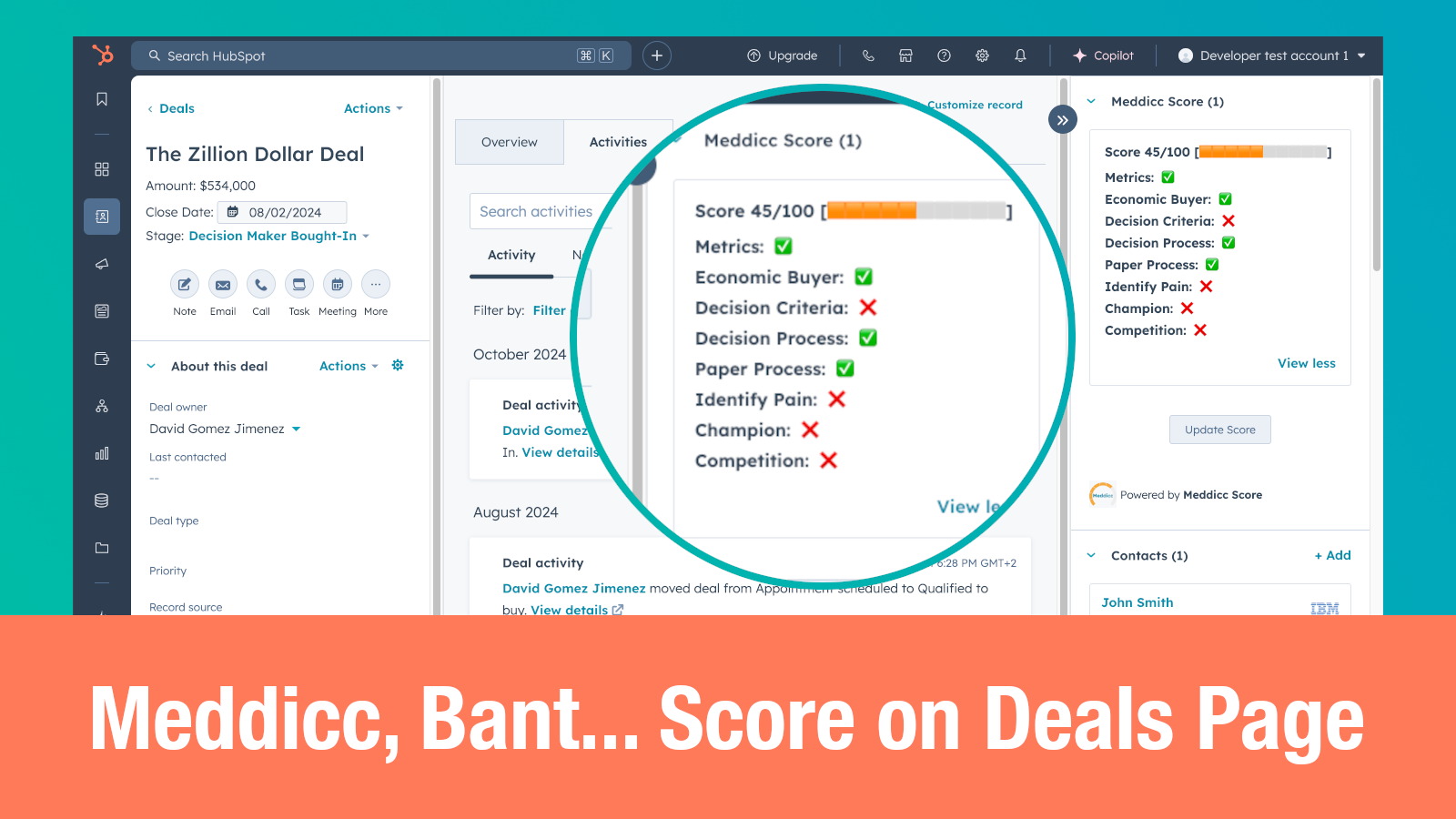The Impact of Effective Decision Criteria in MEDDICC
In the world of sales, particularly within complex B2B environments, decision criteria play a pivotal role in shaping effective decision making. One framework that has gained significant traction among sales professionals is MEDDICC (Metrics, Economic Buyer, Decision Criteria, Decision Process, Identify Pain, and Champion). This article delves into how effective decision criteria influence the MEDDICC framework and guide sales teams towards closing deals more successfully.
Understanding MEDDICC
Before diving into the specifics of decision criteria, let’s briefly overview the MEDDICC framework:
- Metrics: Define measurable outcomes that the client expects from your solution.
- Economic Buyer: Identify who has the final purchasing authority.
- Decision Criteria: Understand the parameters that the client will use to evaluate solutions.
- Decision Process: Map out the steps the client will take to make a purchase decision.
- Identify Pain: Dissect the client’s challenges and problems that your solution can address.
- Champion: Build a relationship with someone inside the organization who can advocate for your solution.
Among these components, decision criteria are crucial for effective decision-making as they outline the standards or benchmarks that potential clients use when evaluating different solutions.
The Role of Decision Criteria in Effective Decision Making
Setting Clear Expectations
Effective decision criteria help set clear expectations for both sales teams and potential clients. By understanding what a client values, sales representatives can tailor their pitches, highlight key features, and ultimately lead to more meaningful conversations. When criteria are poorly defined or left vague, it can result in misunderstandings and misaligned expectations.
Facilitating Comparison
When prospects evaluate various options, decision criteria provide a structured way to compare offerings. Clear criteria allow prospects to assess various solutions on equal footing, making it easier for them to see how your product meets their needs. This structured comparison enhances their ability to make informed decisions, thereby enhancing the likelihood of closing the deal.
Enhancing Trust and Credibility
By aligning with the client’s decision criteria, sales teams demonstrate their understanding of the client’s priorities. This alignment fosters trust and credibility, which are essential in B2B sales. When clients feel that a sales representative genuinely understands their criteria, they are more likely to proceed with the proposed solution.
Streamlining the Decision Process
Incorporating effective decision criteria can significantly streamline the decision process. When organizations know exactly what they are looking for, they can move more quickly and efficiently through their assessment. This expediency benefits both the client and the sales team, as it reduces the time spent in the decision-making process and closes deals faster.
Implementing Effective Decision Criteria within MEDDICC
Engage Early and Often
To set effective decision criteria, engage your client early in the sales process. Ask questions that reveal their priorities and preferences. This engagement not only clarifies their expectations but also allows you to tailor your messaging from the outset.
Document and Share Criteria
Once decision criteria are established, documentation is key. Share these criteria with all stakeholders involved in the sale. This ensures alignment and reinforces the importance of specific factors that will impact the decision-making process.
Revise As Necessary
A hallmark of effective decision-making is flexibility. Keep communication channels open and be willing to revisit and revise decision criteria as the situation evolves. Clients’ needs may shift, and being adaptable can improve relationships and sales outcomes.
Conclusion
The impact of effective decision criteria within the MEDDICC framework cannot be overstated. By creating clear, structured criteria, sales teams empower clients to make informed decisions while strengthening their own sales processes. Understanding and using decision criteria effectively not only helps in closing deals but also fosters long-term relationships built on trust and mutual understanding. As you navigate the complexities of sales, remember that effective decision-making starts with establishing and adhering to clear decision criteria.




